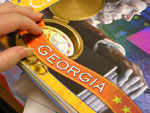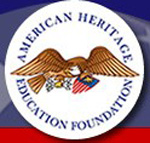Growing Up in America: A Historical Journey?
These schools in western New York are in a high-need, urban district—84 percent of the elementary students come from families that are economically disadvantaged. In addition, 5th-grade students have scored nine percent below the statewide average on the New York social studies learning standard. Each year of this project, a new cohort of 60 teachers will attend eight after-school workshops; 50 of these teachers will attend an annual summer institute, featuring visits to partner institutions, content lectures and workshops on pedagogical practices. Teachers will be encouraged to attend in teams of three teachers per school to foster collaboration and collegial support. The topics were selected after considering key ideas and major understandings in the New York state American history curriculum, particularly areas that challenge students in the Grades 5 and 8 social studies assessments. The project will increase the teachers' content understanding of key events, issues and people in American history and improve their pedagogical skills. The professional development will guide teachers in using documents, photos, objects and paintings to elicit and build on young students' understandings of history. Two lead teachers will provide classroom-embedded coaching; relevant lesson plans; and research-based, effective teaching practices to the participants. Instructional products developed as part of the project will be posted on the district's Web site and on the project's wiki. Teacher research, including case studies and reflections on how the project has transformed teaching practice, will be published in partnership with the University of Rochester's Warner School of Education.

